Paul Cézanne (1839-1906) belonged to the same generation as the founders of French Impressionism, but though he started out as a "plein-air" painter with the same aims as Pissarro and Monet, he soon parted company with them and began to engage in a solitary struggle to achieve an ideal of artistic perfection which goes far beyond the aims of Impressionism and makes him the father of modern art. The forty-nine plates of the present volume span the entire career of this earliest and greatest of modern painters. All the color reproductions are based on specially taken photographs and have been carefully compared to the originals. Several details show the master's brush-strokes in original size. -- Form publisher's description
Jean-Luc Chalumeau Boeken
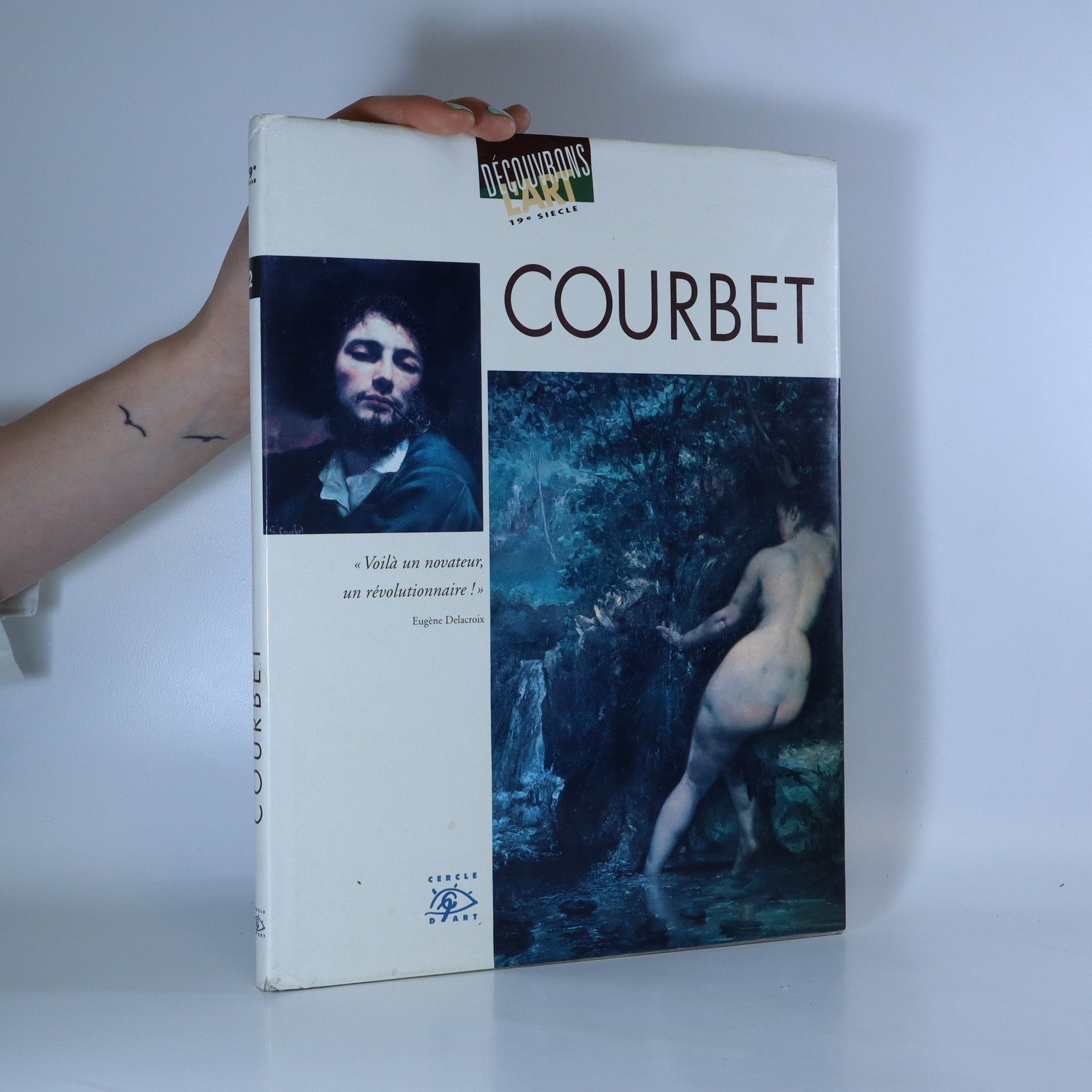
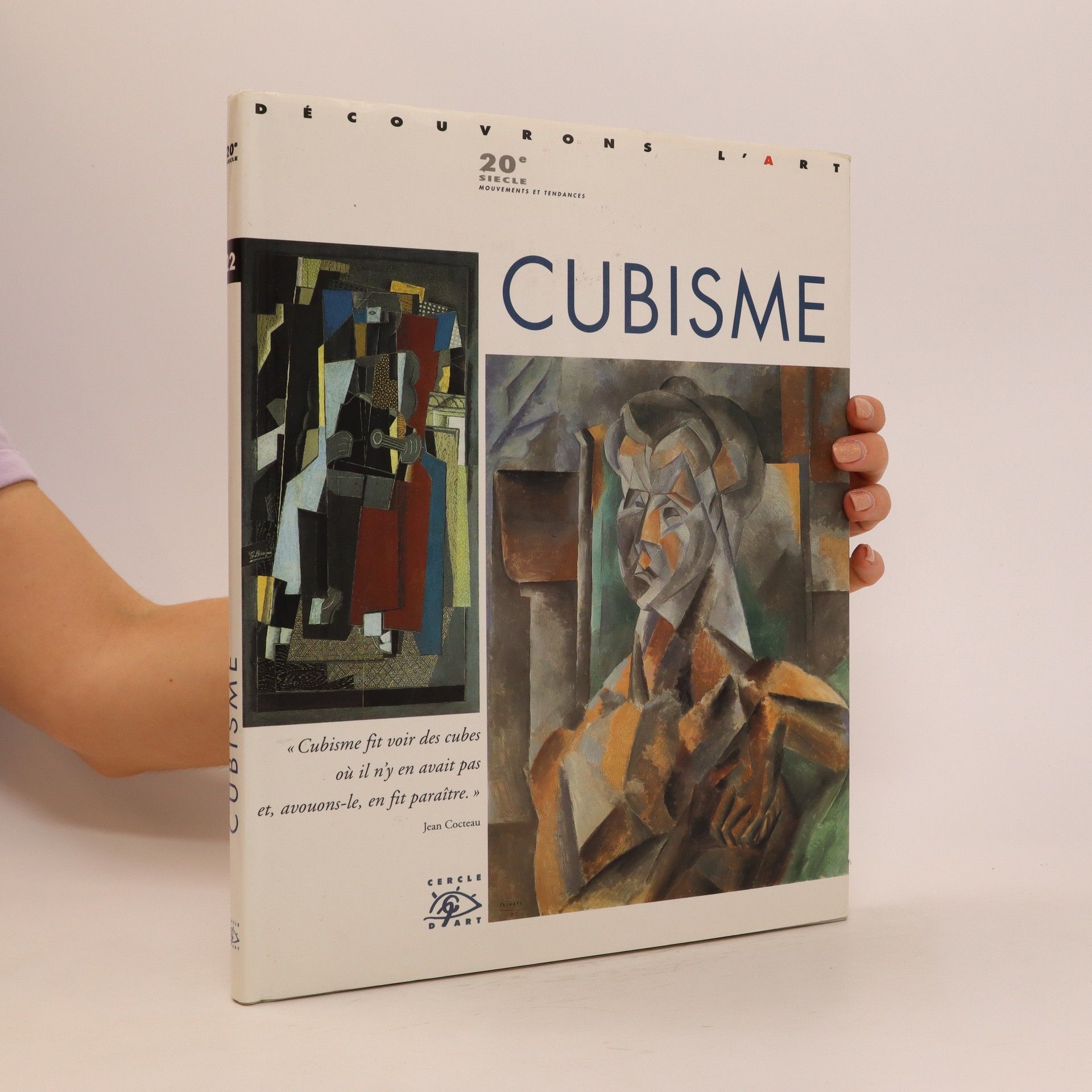
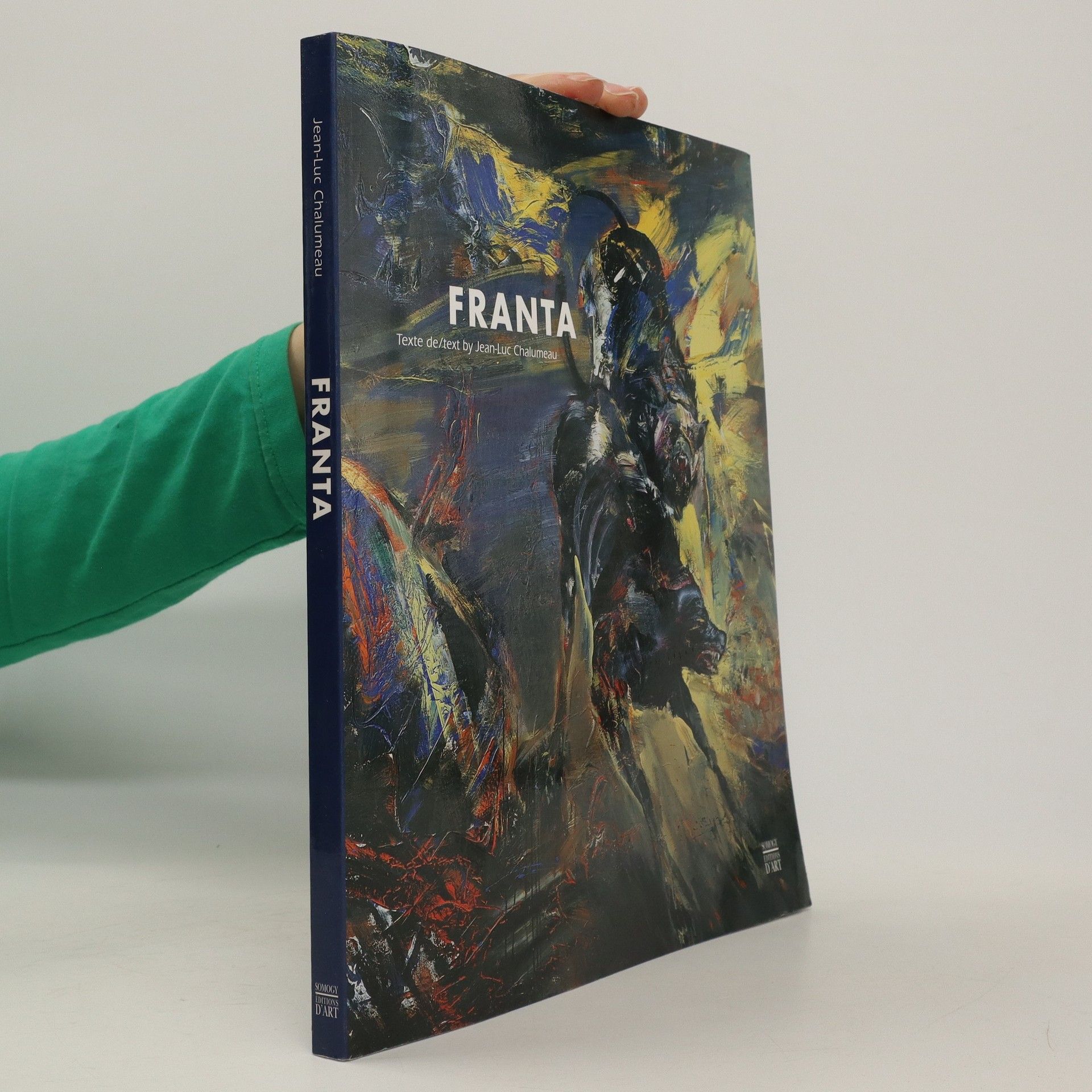
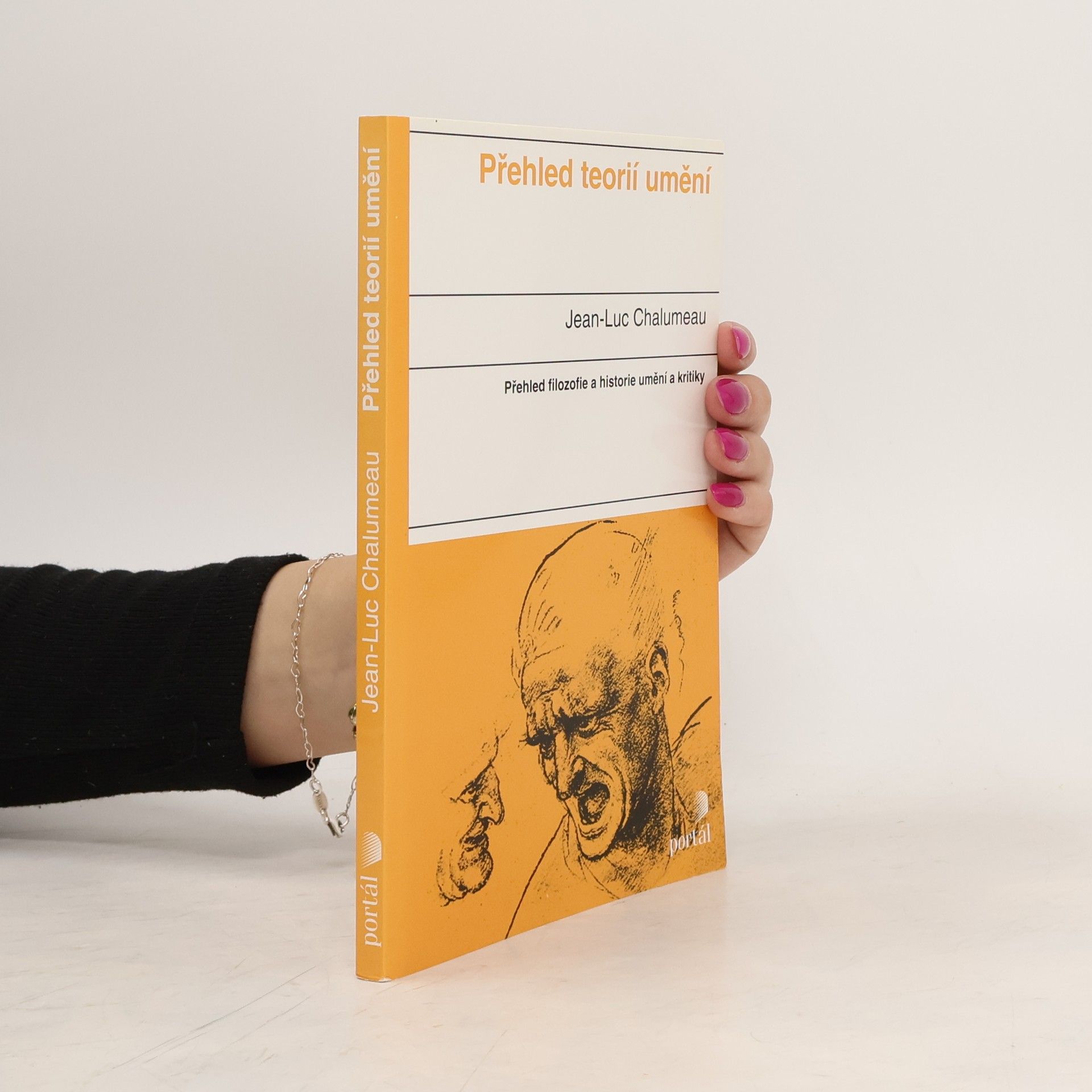
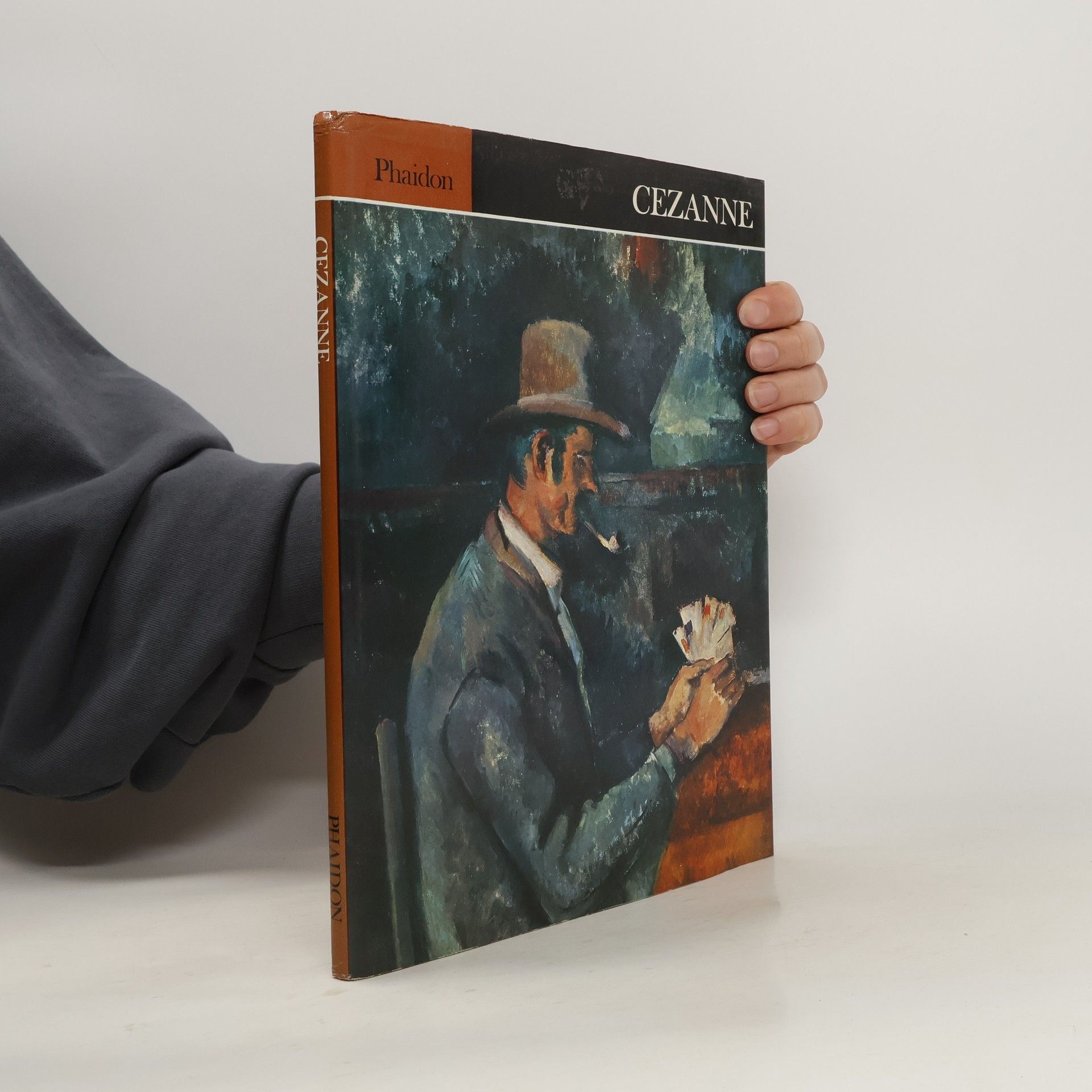
Přehled a klasifikace nejdůležitějších názorů, myšlenek a teorií týkajících umění, jeho filozofie, historie a kritiky. Autor shromažďuje kritéria, která popisovali myslitelé od Platóna až po současnost, aby pomocí nich vymezili umění od toho, co skutečným uměním není. Sleduje i to, jak tito myslitelé vysvětlovali vývoj umění a vztahy člověka k němu. V teorii umění rozlišuje pět základních oborů myšlení, které ovlivňovaly myslitele určitých období a směrů (fenomenologie umění, psychologie umění, sociologie umění, formalismus a strukturální analýza). Každá z kapitol knihy podává přehled některého z hlavních období a uvádí jeho představitele - antické teorie umění, renesance, klasicismus a baroko, neoklasicismus, romantismus, německá filozofie umění, historikové umění aj.
Franta
- 149bladzijden
- 6 uur lezen
Cinquante-cinq chefs-d'œuvre reproduits en grand format et en couleurs invitent à la découverte des inventions picturales du cubisme. Un texte clair et précis commente les caractéristiques essentielles de ce mouvement et cerne les apports respectifs de ceux qui en furent les principaux acteurs.
Cinquante et un chefs-d'œuvre reproduits en grand format et en couleurs invitent à un parcours passionnant dans l'univers de Courbet. Un texte clair et précis situe son oeuvre dans le XIXe siècle, montre ses principales découvertes et raconte l'histoire de sa vie.